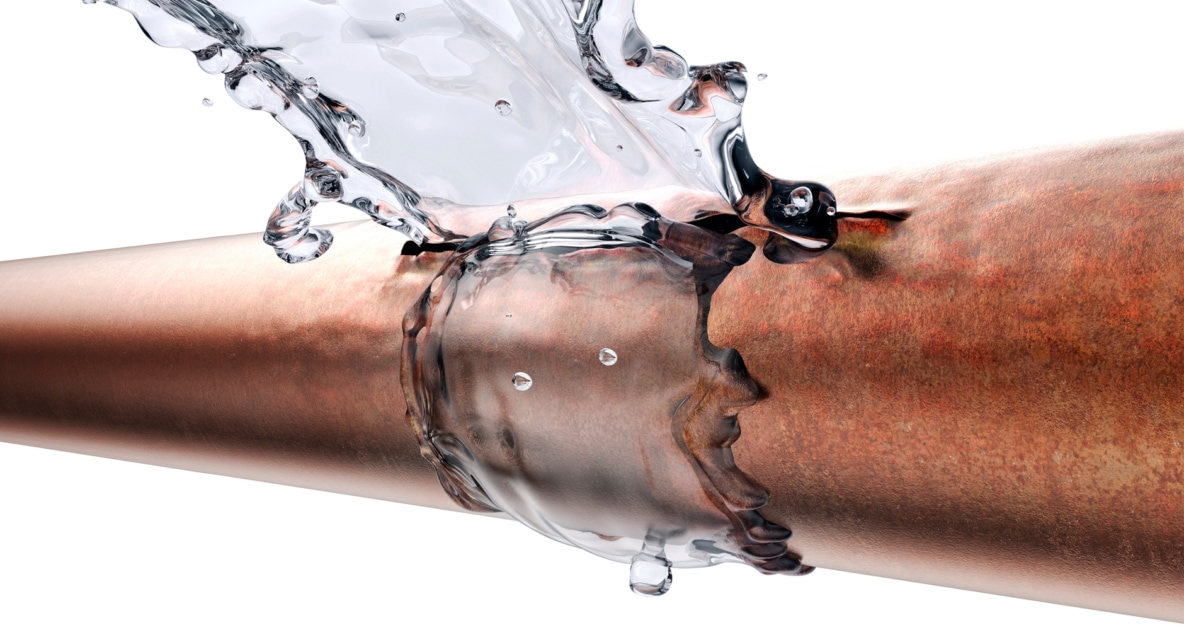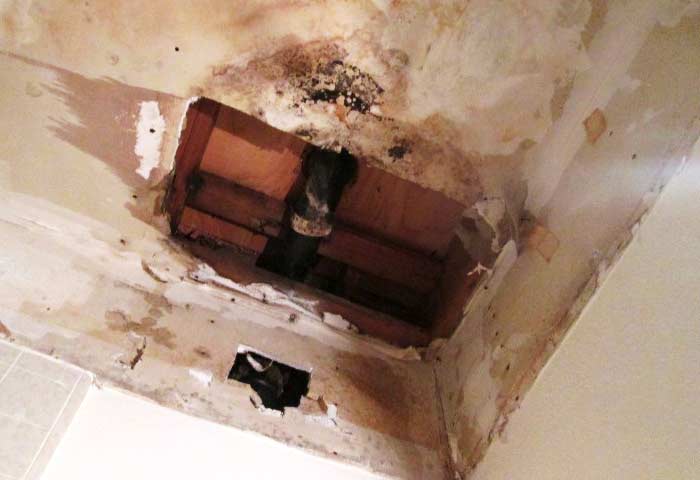In this article in the next paragraph you'll find some sound help and advice with regards to What to Know Before Installing a Dishwasher.

A ruptured pipeline is a major emergency; you can just stand as you watch water you pay dearly to rejoin with the earth. In worse cases, you discover a swimming pool on your kitchen floor, which is an excellent trip risk, particularly if you have kids around. If the pipe that ruptured was in your walls, bad news: you might require to repaint that whole area.
Exactly how can a catastrophe like a burst pipeline be prevented and also taken care of? Well, by listening to your professional emergency plumbers and also following these regulations.
Exactly how do I recognize when my pipes have ruptured?
Fluctuating water pressures
Pipelines do not simply burst in a day. You might have seen that your kitchen tap or shower does not run quickly when you transform the faucet. It might stop briefly for a few seconds and then blast you with even more pressure than usual.
In other circumstances, the water might appear regular at first, then drop in pressure after a few seconds.
Damp wall surfaces and water spots
Before a pipe bursts, it will leakage, the majority of times. If this persistent leaking goes undetected, the leakage may finish right into a vast gash in your pipeline. One very easy method to avoid this emergency is to keep an eye out for damp walls ad water stains. These water discolorations will lead you right to the leak.
Puddles under pipelines and also sinks
When a pipe ruptureds, the discharge forms a pool. It may appear that the pool is growing in dimension, and despite the number of times you mop the puddle, in a couple of minutes, there's an additional one waiting to be cleaned. Often, you might not have the ability to trace the puddle to any kind of noticeable pipelines. This is an indication to call an expert plumber.
Untraceable leaking noises
Pipe bursts can happen in one of the most unpleasant locations, like within concrete, inside wall surfaces, or under sinks. When your house goes silent, you may be able to hear an annoyingly persistent dripping noise. Even after you've checked your shower head and kitchen tap, the dripping may proceed.
Precious visitor, the leaking may be coming from a pipeline inside your wall surfaces. There isn't much you can do regarding that, except tell a specialist plumber.
Turn off the Water
When water freezes, it expands in volume by regarding 9 percent. And also it broadens with incredible pressure: The pressure inside pipelines might go from 40 pounds per square inch to 40,000 psi! No pipe can hold that much stress, so it bursts. The break may occur where the ice types, however more often, it occurs where water pressure finds a vulnerable point in the pipeline. That may be inches or perhaps feet from the frozen area. Discover the water shutoff valve as well as switch off the water to prevent more damage. You might likewise require to turn off the electrical power too, relying on where the leaks happens and also how big it is.
Contaminated water
Lots of people assume a burst pipe is a one-way outlet. Rather the contrary. As water drains of the hole or wound in your plumbing system, impurities locate their method.
Your water may be polluted from the source, so if you can, check if your water tank has any kind of troubles. However, if your alcohol consumption water is provided as well as purified by the local government, you need to call your plumber quickly if you see or smell anything funny in your water.
What do I do when I identify a burst pipe?
Your water meter will continue to run even while your water wastes. To decrease your losses, discover the primary controls as well as turn the supply off. The water mains are an above-ground framework beside your property.
How to Fix & Detect a Leaking Pipe
How Do I Know if a Pipe is Leaking?
Leak detection tests can help you determine if your pipe has a leak. Even if you don’t see an apparent leak, you should still conduct leak detection tests regularly to save water and money—and prevent major damage to your home.
Water meter. It can be helpful to figure out what your usual water meter usage numbers are and then monitor them regularly. To monitor your meter, first, turn off all water faucets in your home. Check the meter and write down the numbers. In a few hours, check the meter again. If the numbers have changed, you have a leak. Water gauge. Use a water gauge to test your water pressure. Your showerhead should produce a certain amount of water pressure based on its model and design. If the pressure is lower than it is supposed to be for that specific showerhead, your home likely has a leak. Puddles. Look inside your bathroom, laundry, and kitchen sink cabinets. Puddles around the cabinets or around toilets, tubs, showers, and washing machines indicate the presence of a leaking pipe. You may also notice loose tiles, peeling or flaking paint, or mold caused by water accumulation. Napkin test. Even if you don’t see any puddles, you may still have a leak. You can test for water leaks in the bathroom, laundry, and kitchen by wiping below-sink connections with a napkin, paper towel, or piece of toilet paper. If it becomes damp, you probably have a leaking pipe under the sink. Discolored walls. Walls that are discolored—usually with brown or yellow stains—or bulging might mean that they have been impacted by water damage caused by a leaking pipe. Smell. A leaky pipe will create sitting water, and over time, that water may develop a musty smell. If your home smells musty, but you can’t locate the source, it may be due to a leak. Steps for Fixing a Leaking Pipe
A leaky drain can be remedied by tightening the pipe base, replacing the drain seal, caulking the rim, and tightening the pipe nut. Similarly, a leaking toilet pipe can be treated by tightening the packing nut. You may also need to replace the valve. A leaky faucet may just need tightening or replacement of the washers. If that doesn’t work, consider replacing your faucet. If your pipe has a hole in it, you may want to use a pipe leak sealer or pipe leak tape. This quick fix for water pipe leaks can also temporarily fix a copper pipe leak. https://www.ahs.com/home-matters/quick-tips/how-to-tell-if-pipes-are-leaking/

Hopefully you enjoyed reading our excerpt about How to Prepare for Your Dishwasher Installation. Thank you for spending some time to read through our blog. Kindly take a moment to distribute this article if you enjoyed reading it. Thanks for your time. Visit us again soon.
Problem? Contact now!